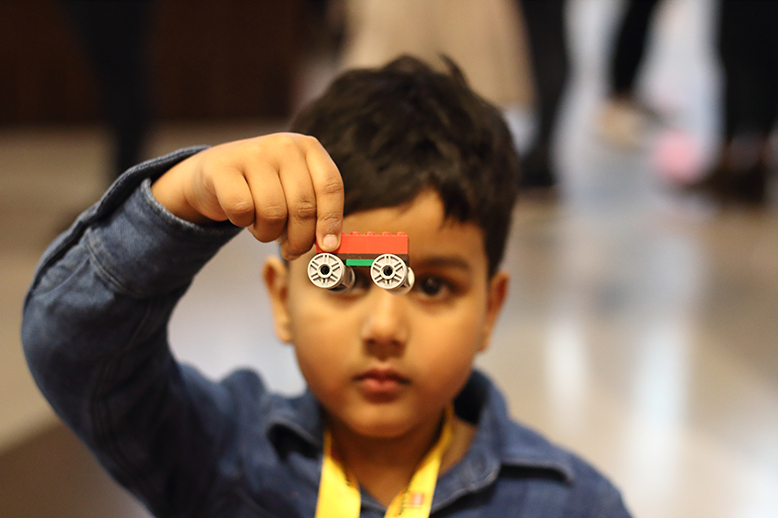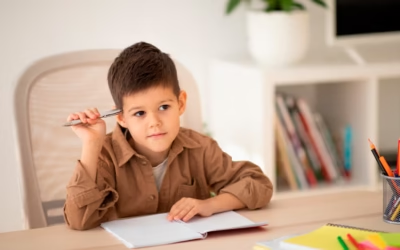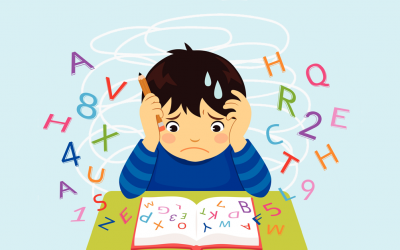Starting from the premise that we are all creative, it is important to demystify the idea that creativity only belongs to a select group of “artists”. Creativity is something innate that we apply every day even if we don’t realise it. We were all very curious and imaginative as children, but as the years go by, we tend to put this to one side. Why does this happen?

What is creativity?
Creativity is defined as the human capacity to perceive reality in a different way in order to find new solutions to new and old problems. By reviewing different studies, this conclusion has been reached. As Mihály Csíkszentmihályi said, it would be a mistake to assume that only leisure and art can offer us optimal experiences. In a healthy culture, productive work and daily routines can also be fulfilling.
Creativity is not limited to painting or composing music. There is no magic formula to develop it and work on it, but there are different tools that help us in our search for it.

Technique for implementing lateral thinking:
When approaching a challenge, why not ask “what if?” and explore different possibilities?
When faced with a problem or challenge, it is common for our minds to focus on familiar solutions or conventional ways of solving it. However, creativity and lateral thinking invite us to explore new possibilities, to seek new perspectives and to think in unconventional ways.
Duncan Wardle talks about a very useful tool for applying lateral thinking to problem solving: the “What if” technique. It consists of posing an open question based on the situation or problem to be solved, and from there, imagining different scenarios and possibilities. For example, if we are trying to solve a problem in our business, we could ask: “What if instead of selling our products in a physical shop, we sell them online through an ecommerce platform?”
The “What if” question invites us to consider possibilities that otherwise might not have arisen. Through this technique, we can explore different paths and scenarios, and evaluate their pros and cons to find the best solution.

Tips for maintaining a creative mind:
-Know what you are passionate about and make sure you have enough knowledge on the subject.
-Learn to accept mistakes and make them a tool in the creative process.
-Take your time and look at everything from different angles.Creativity needs work, perseverance, observation, focus, doubt, research, curiosity, intuition and critical thinking.
-Get out of your comfort zone, try new things and stay curious.
We must put effort into our activity and not focus our attention. As Guillame Lamarre said, when we are immersed in the creative process, we connect with what we are and differentiate ourselves from what we are not.

Do schools encourage creativity?
It is important to remember that the principle for a creative society must be education. A creative society must be committed to the individuality of people, respect for each person and their differences, and the development of their talents. Schools must create stimulating learning environments that explore critical capacity from the earliest years.
In a society in constant change like ours, and in which new technologies are imposed day by day, the school does not seem to be oblivious to this change. Technology is an important tool to enhance the creativity of the school, and the school must have the capacity to face this new challenge.
The freedom to be and do what you want with what is in front of you is key to creativity. By fostering a stimulating and free learning environment, we can develop and apply our creativity in all areas of our lives.

References:
“Creativity. Against chaos and uncertainty” by David Ascenso
“Flow: A Psychology of Happiness” by Mihály Csíkszentmihályi
“The path of creativity” by Jesús Hijas






